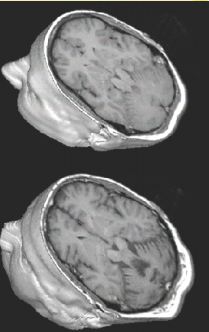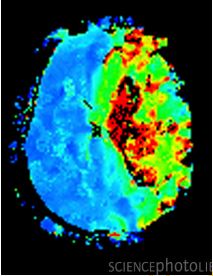| Line 18: | Line 18: | ||
A sLecture by [[user:Mhossain | Maliha Hossain]] | A sLecture by [[user:Mhossain | Maliha Hossain]] | ||
| − | <font size= 3> Subtopic 1: Intro to Tomographic | + | <font size= 3> Subtopic 1: Intro to Tomographic Reconstruction </font size> |
© 2013 | © 2013 | ||
| Line 33: | Line 33: | ||
=Accompanying Lecture Notes= | =Accompanying Lecture Notes= | ||
---- | ---- | ||
| + | |||
| + | Tomography refers to the method of producing images of plane sections, or slices of a solid object. The word is derived from Greek ''tomos'' meaning section. | ||
| + | |||
| + | At this point let me introduce a few common medical imaging modalities: | ||
| + | *Anatomical Imaging Modalities | ||
| + | **Chest X-ray | ||
| + | **Computed Tomography (CT) | ||
| + | **Magnetic Resonance Imaging (MRI) | ||
| + | *Functional Imaging Modalities | ||
| + | **Signal Photon Emission Tomography (SPECT) | ||
| + | **Positron Emission Tomography (PET) | ||
| + | **Functional Magnetic Resonance Imaging (fMRI) | ||
| + | |||
| + | Anatomical imaging modalities only reveal the structure of an object, Figure 1, for example, compares MRI scans of two patients. Functional imaging modalities can differentiate between active and inactive cells. Figure 2 shows an fMRI scan of a woman's brain after a stroke. | ||
| + | |||
| + | [[Image:intro_fig1.jpeg|400px|thumb|left|Fig 1: MRI scans comparing a normal brain (top) to that of a patient suffering from Ataxia (bottom)]] | ||
| + | |||
| + | [[Image:intro_fig2.jpeg|400px|thumb|left|Fig 2: fMRI scan of a brain after a stroke. Blues and greens correspond to normal blood flow, reds and blacks correspond to abnormal blood flow.]] | ||
Revision as of 15:35, 4 May 2013
The Bouman Lectures on Image Processing
A sLecture by Maliha Hossain
Subtopic 1: Intro to Tomographic Reconstruction
© 2013
Excerpt from Prof. Bouman's Lecture
Accompanying Lecture Notes
Tomography refers to the method of producing images of plane sections, or slices of a solid object. The word is derived from Greek tomos meaning section.
At this point let me introduce a few common medical imaging modalities:
- Anatomical Imaging Modalities
- Chest X-ray
- Computed Tomography (CT)
- Magnetic Resonance Imaging (MRI)
- Functional Imaging Modalities
- Signal Photon Emission Tomography (SPECT)
- Positron Emission Tomography (PET)
- Functional Magnetic Resonance Imaging (fMRI)
Anatomical imaging modalities only reveal the structure of an object, Figure 1, for example, compares MRI scans of two patients. Functional imaging modalities can differentiate between active and inactive cells. Figure 2 shows an fMRI scan of a woman's brain after a stroke.



